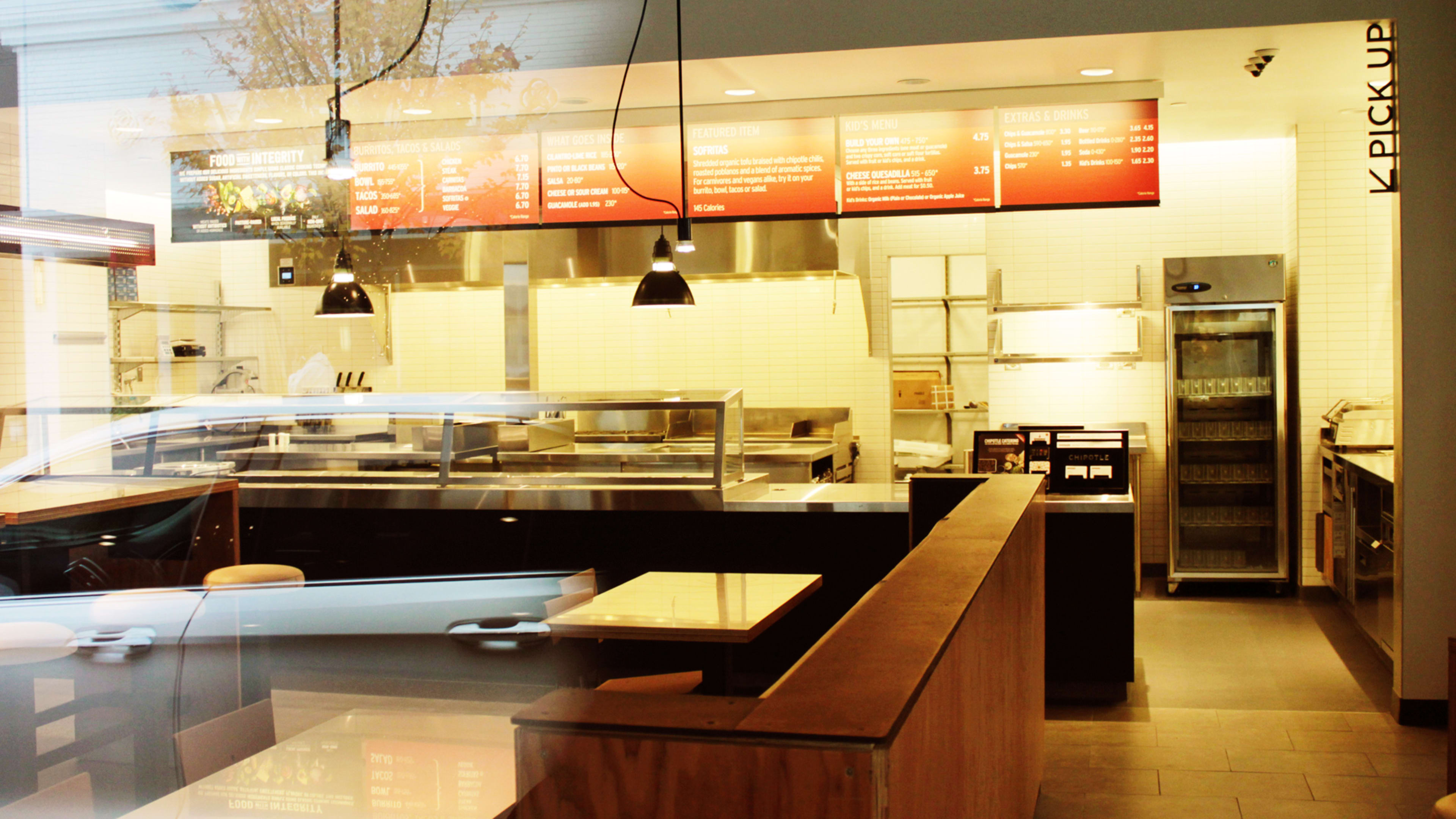Is it now safe to eat at Chipotle? After a series of food-safety incidents that began in the latter half of 2015, including outbreaks related to E. coli, norovirus, and salmonella, once loyal customers of the Mexican-inspired restaurant chain still have their doubts.
Throughout my research for our new feature on Chipotle, which charts the company’s internal struggles as it attempts to revive sales and consumer trust, I encountered countless numbers of people who wondered whether they could return to eating the restaurant’s food without worry of getting sick. This lingering concern can be seen in the company’s financial performance: Chipotle lost nearly a third of its sales after the food-safety crisis. Morgan Stanley surveyed customers in January 2016, in the immediate aftermath of Chipotle’s E. coli outbreaks and before the CDC closed its investigation, and found that just 41% of customers considered the chain a safe place to eat. That percentage ticked up in a subsequent study in June but not enough to resemble anything close to a full recovery. “When 50-some-odd people contract E. coli, and you realize that you were responsible for that, it really—shooooooo,” says Chipotle co-CEO Steve Ells, deeply exhaling. “Justifiably, people really question our trust. You lose that trust. For how long? We’re working really, really hard to get that trust back.”
Multiple industry experts tell me that Chipotle did not take food safety seriously enough or invest sufficient resources into quality assurance (QA). “When this [outbreak] first broke, the leadership at Chipotle, and I include Steve and [co-CEO] Monty [Moran], were completely sideswiped and didn’t know what the hell they were doing,” says one source familiar with Chipotle’s food-safety measures. “They had not really considered food safety at the level that they should have.”
Making Safety A Higher Priority
Before its E. coli incidents, a slew of sources tell me that the food safety and QA team overseeing the company’s entire supply chain included just four people, a low number for a chain of Chipotle’s scale and complexity. The company also split its safety teams, which some suggest created arbitrary divisions of responsibility within the organization. Heidi Wederquist, then Chipotle’s director of QA and food safety, oversaw supply-chain issues, but had little visibility into restaurant operations. Conversely, Tim Spong, who knew Moran in college and served as outside counsel for Chipotle before joining the company, managed safety, security, and risk at the restaurant level. “There is no way a team that small could properly manage all the food coming into that system,” says one former analyst at the company, who now works for a chain much smaller than Chipotle but with a QA team that’s twice its size. Chipotle spokesperson Chris Arnold disputes the visibility claims but confirms the rest, adding that the team was “strengthened” with additional hires after February 2016 and that the two groups have now been merged under Spong’s leadership. (Additionally, Jason Von Rohr, Chipotle’s executive director of supply chain, who was responsible for sourcing all of Chipotle’s ingredients, departed shortly after the E. coli outbreaks. Multiple sources indicate he had been planning to leave Chipotle and his departure was not a result of the outbreaks. He has since joined Amazon.)
Recognize your brand’s excellence by applying to this year’s Brands That Matter Awards before the early-rate deadline, May 3.
